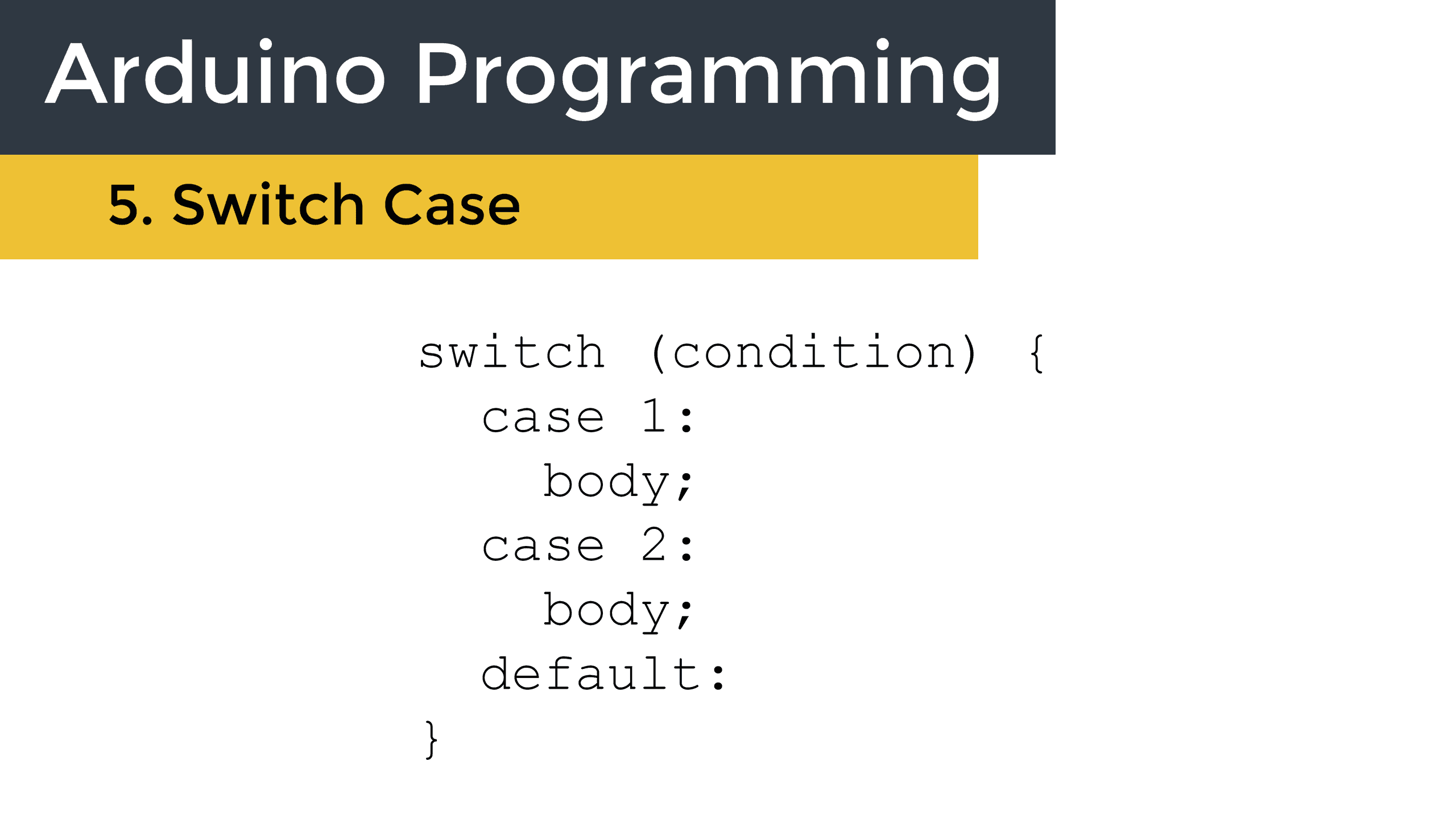
Using Switch Case Statements in Arduino Programming Circuit Basics
Description Like if statements, switch case controls the flow of programs by allowing programmers to specify different code that should be executed in various conditions. In particular, a switch statement compares the value of a variable to the values specified in case statements.

Switch (case) Statement, used with serial input 2 Arduino Tutorial
Arduino - switch case statement Similar to the if statements, switch.case controls the flow of programs by allowing the programmers to specify different codes that should be executed in various conditions. In particular, a switch statement compares the value of a variable to the values specified in the case statements.
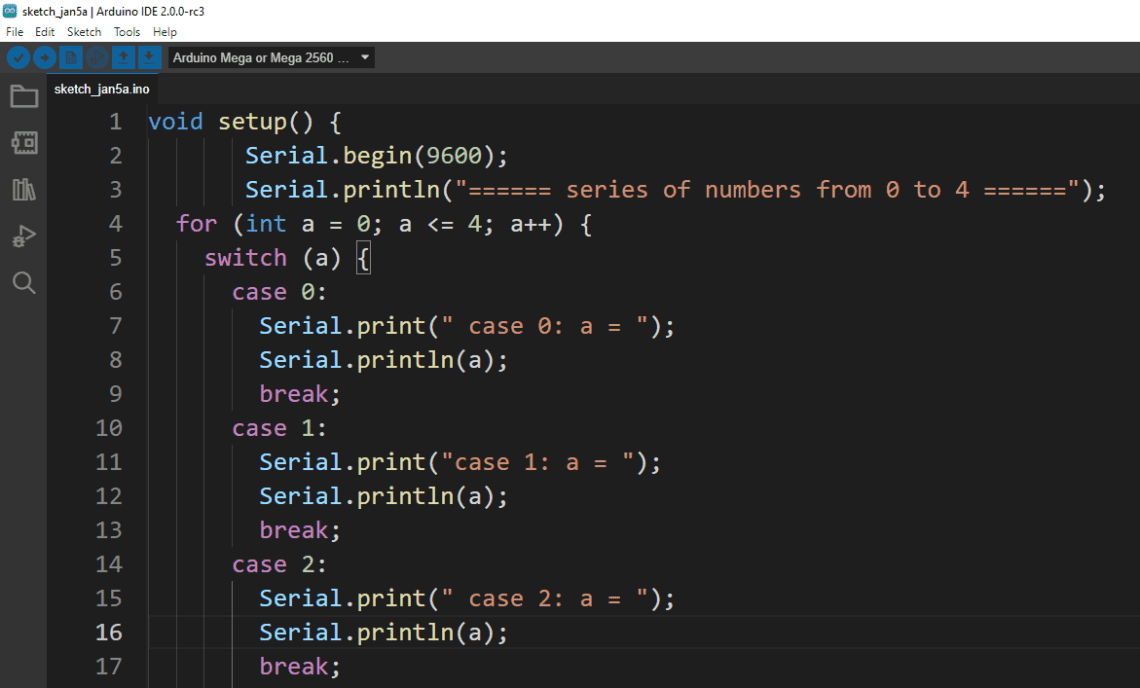
Switch case statement in Arduino
For more detail: Arduino Switch (case) Statement, used with serial input. About The Author. Ibrar Ayyub. I am an experienced technical writer with a Master's degree in computer science from BZU Multan University. I have written for various industries, mainly home automation, and engineering. I have a clear and simple writing style and am.
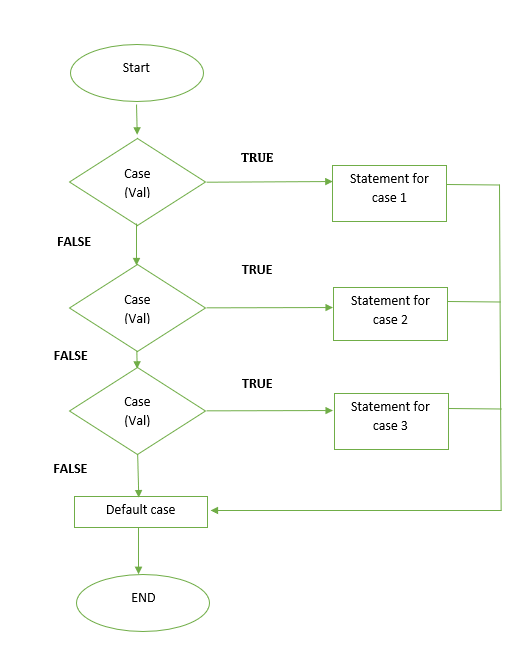
Switch case statement in Arduino
In order to switch from one case to another, we use a variable that matches the case. So if we want to go to Norway, we need a variable of '1', if we want to change our destination to Zanzibar, we need our variable to change to '2'. The syntax of a switch case statement is surprisingly simple:

Switch case statement in Arduino
Even though Arduinos compiler is old, GCC supports C++11 ranged switch statements, which expand its use dramatically. A lot of times where I have employed a switch for optimization reasons, the code surrounding it changes to suit the logic. And sometimes has proven to be far more efficient regardless of the ram overhead imposed by the switch.
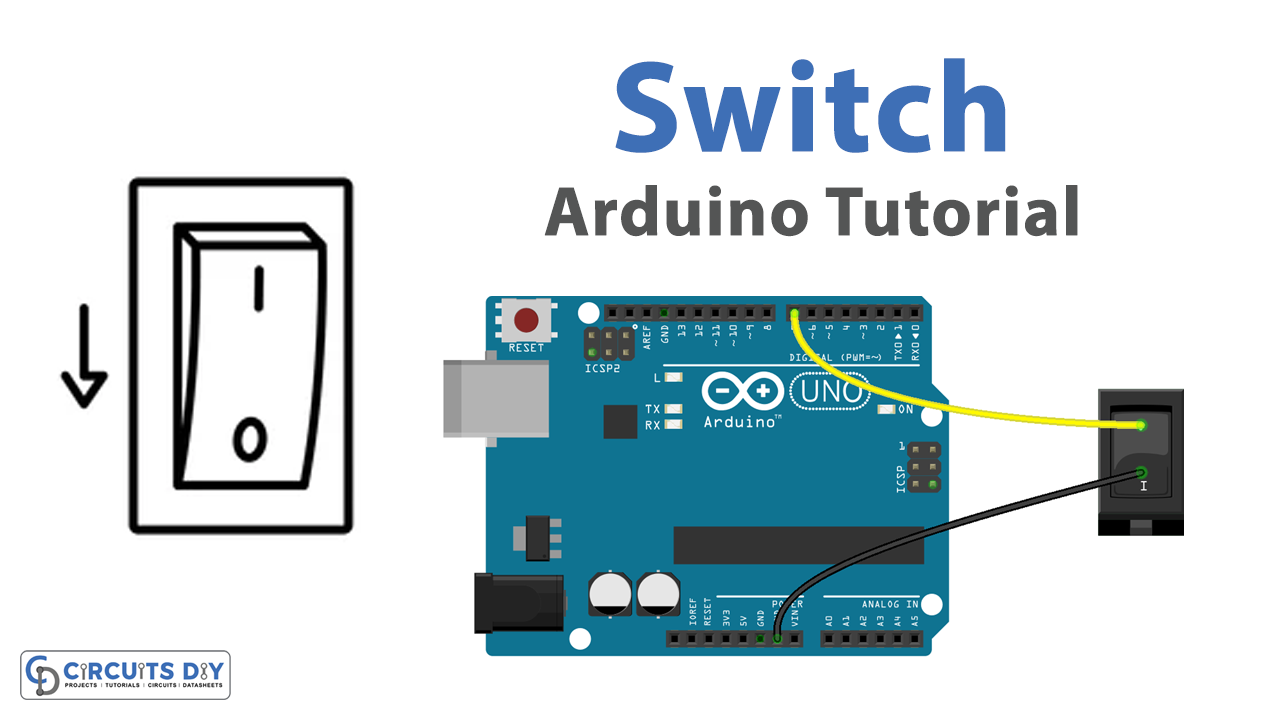
How to use a Switch with Arduino
You can do this using a while loop. This example shows how to use a while loop to calibrate the value of an analog sensor. In the main loop, the sketch below reads the value of a photoresistor on analog pin 0 and uses it to fade an LED on pin 9. But while a button attached to digital pin 2 is pressed, the program runs a method called. calibrate()

HowToProgram switch/case statements Arduino tutorial 2 YouTube
The Arduino switch statement takes a single expression. Multiple Arduino case statements act on the expression. Here's the general idea: switch (

Arduino Switch (case) Statement, used with serial input
In the Arduino IDE open the serial monitor and send the characters a, b, c, d, or e to lit up the corresponding LED, or anything else to switch them off. Schematic Code 1 /* 2 3 Switch statement with serial input 4 5 Demonstrates the use of a switch statement. The switch statement allows you 6

Switch Case Statement with Arduino [Guide + Code]
The Arduino Code /* Switch statement with serial input Demonstrates the use of a switch statement. The switch statement allows you to choose from among a set of discrete values of a variable. It's like a series of if statements. To see this sketch in action, open the Serial monitor and send any character.
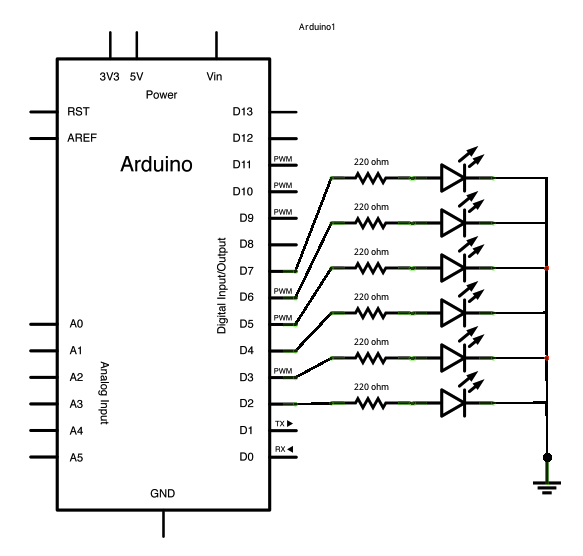
Arduino Switch (case) Statement, used with serial input
A switch statement in Arduino is a special form of multiple-alternative decision making i.e when multiple-choice possibilities are based on a single value the switch statement is the best choice. Actually switch statement is a more efficient way of representing a nested-if statement.

Switch Statement C/C++ Arduino Programming Practical use
An Arduino switch case statement is used to control the flow of a program, allowing a programmer to execute different pieces of code depending on certain conditions. By using the switch/case statement, complex logic can be written concisely and clearly.

how to use functions and switch statement in Arduino YouTube
Description Like if statements, switch case controls the flow of programs by allowing programmers to specify different code that should be executed in various conditions. In particular, a switch statement compares the value of a variable to the values specified in case statements.

Using Switch Statements in Arduino Switch statement, Arduino, Understanding
See Also. serial.begin(). serial.read(). serial.available(). switch() case. digitalWrite(). Arrays - A variation on the For Loop example that demonstrates how to use an array.. ForLoopIteration - Control multiple LEDs with a for loop.. IfStatementConditional - Use an . '; if statement' to change the output conditions based on changing the input conditions.. switchCase - How to choose between.
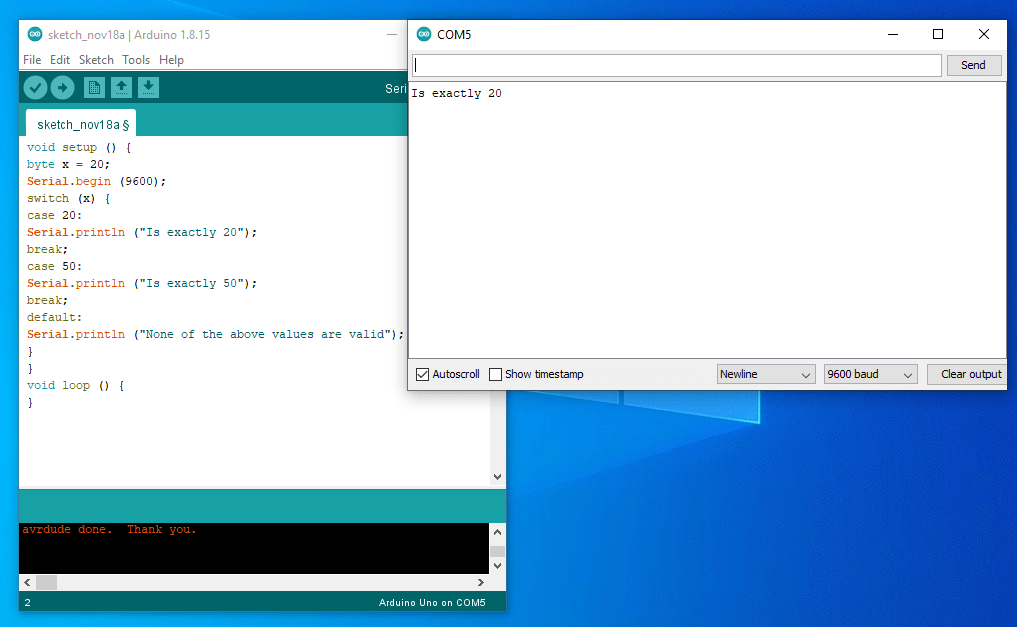
switch statement in arduino programming Programming Digest
The switch - case statement is a powerful construct that is often under-used by beginners. Basically it allows you to perform tests on a value (or range of values) and make decisions - a bit like the IF statement.

Switch (case) Statement, used with sensor input Arduino Documentation
The switch statement looks at the variable inside the parentheses ( temp) and compares it to each one of the case statements. If the value stored in the variable matches the case number, the code inside the body of the case statement will be executed.

Switch Case Statement with Arduino [Guide + Code]
This tutorial shows you how to use it to switch between four desired states of a photo resistor: really dark, dim, medium, and bright. This program first reads the photoresistor. Then it uses the Arduino Board photoresistor, or another analog sensor 10k ohm resistors hook-up wires The photoresistor is connected to analog in pin 0 using a circuit.